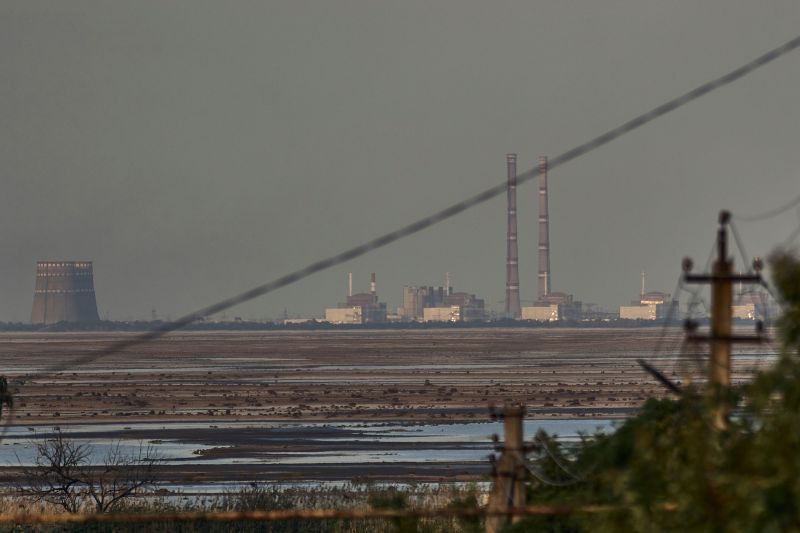In the heart of the escalating military conflict between Russia and Ukraine, an incident has taken place that represents a larger potential threat than just an isolated act of aggression. In the lens of our discussion is the attack on the Zaporizhzhia nuclear power plant, controlled by Russia, that has seen substantial damage following an alleged drone attack.
Situated in the southeastern city of Enerhodar, Ukraine, the Zaporizhzhia nuclear power plant holds the credentials of being Europe’s largest nuclear power station. It comprises six nuclear reactors and contributes significantly to Ukraine’s electricity production. However, it fell under the control of Russian forces amid the ongoing conflict and has recently been subjected to a drone attack causing substantial damage.
The incident occurred despite the nuclear plant’s tractability to the stringent standards set by the International Atomic Energy Agency (IAEA). This points towards the terrifying reality of nuclear facilities being targeted amidst warfare, bringing a different specter of destruction talks haunting the international community.
Reports allude to the fact that the attack was carried out using drones, a weapon that emerges as a common tool in contemporary warfare. Drones, notorious for their precision and damage potential, cause significant damage to the reactor, making the incident a grave concern not only for both warring nations but also for the international community as the threat of a nuclear disaster stands ominously on the horizon.
Post the drone attack, there has been immediate evidence of structural damage to the facility, instantly raising fears of potential radiation leaks. Although the extent of the damage is yet to be determined, alarm bells are already ringing. The challenge now is to assess the degree of damage and initiate immediate repairs to stave off further escalation of the situation.
Key to the international response has been the IAEA, whose role is particularly crucial in monitoring compliance with nuclear safety worldwide. The agency’s immediate response was to call for an emergency meeting to discuss the incident, reinforcing the seriousness of the situation. The IAEA has further emphasized the importance of upholding the ‘Convention on the Physical Protection of Nuclear Material and Nuclear Facilities,’ highlighting the dire need to safeguard nuclear installations.
This situation stands as a testament to the perilous times we live in today. The alleged drone attack and subsequent damage to the Zaporizhzhia nuclear reactor expose the vulnerabilities that come with the combination of nuclear power and warfare. It shatteringly reminds us of the abyss that awaits when the rules of warfare are not set or adhered to, the flotsam that is left when nuclear facilities become part of a battle strategy.
What remains now is the imperative conduct of a detailed and transparent investigation of this incident. In such a scenario, it is crucial to involve an international body in the investigative process. It will ensure objectivity as well as bring in expertise in assessing the full extent of the damage caused.
Furthermore, this incident justly demands immediate international dialogue on the implications of using nuclear facilities as targets in warfare. Especially in this day and age, when warfare technologies such as drones are outpacing the regulations designed to maintain some semblance of humane conduct.
The damage to the Zaporizhzhia nuclear reactor, thus, moves far beyond the parameters of a simple act of aggression. It brings to the forefront the unsettling implications of advanced warfare technologies, the vulnerability of nuclear facilities, and the global consequences of turning a blind eye to such security breaches. It is a direct appeal for immediate international intervention and comprehensive measures to prevent the unimaginable devastation that a nuclear catastrophe could bring to humanity.




